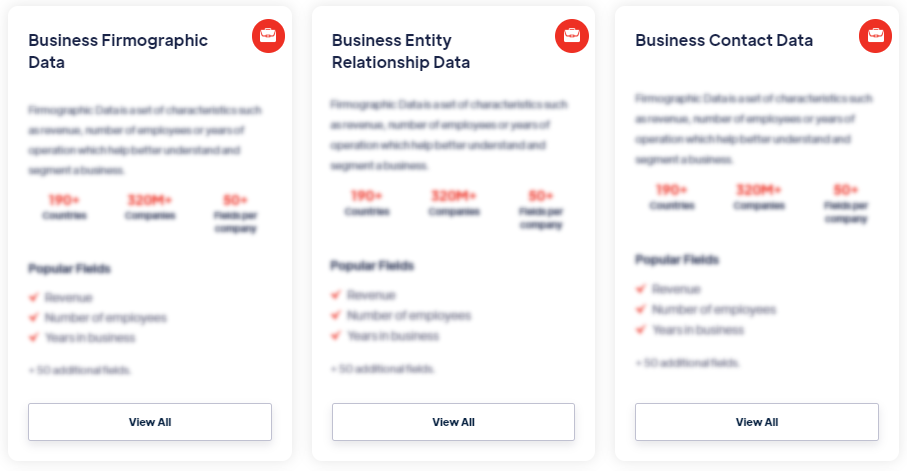Best
Local Weather Data
Products
Local Weather Data refers to detailed information about the weather conditions in a specific area or location. It includes parameters such as temperature, humidity, precipitation, wind speed and direction, atmospheric pressure, visibility, and other meteorological measurements. This data is collected through weather stations, satellites, radars, and other monitoring devices. Read more
Our Data Integrations


Request Data Sample for
Local Weather Data

Browse the Data Marketplace

Frequently Asked Questions
1. What is Local Weather Data?
Local
Weather Data refers to detailed information about the weather
conditions in a specific area or location. It includes
parameters such as temperature, humidity, precipitation, wind
speed and direction, atmospheric pressure, visibility, and other
meteorological measurements. This data is collected through
weather stations, satellites, radars, and other monitoring
devices.
2. How is Local Weather Data collected?
Local Weather Data is collected using various weather
monitoring instruments and technologies. Weather stations
equipped with sensors measure temperature, humidity, wind speed,
and atmospheric pressure. Satellites provide satellite imagery,
cloud cover information, and precipitation data. Radars detect
and track rainfall, storms, and other weather phenomena. All
these data sources are integrated to provide comprehensive
weather information for specific locations.
3. What types of information are included in Local Weather
Data?
Local Weather Data includes a wide range of information about
the weather conditions in a specific area. This includes current
weather conditions, such as temperature, humidity, wind speed
and direction, atmospheric pressure, visibility, and
precipitation. It may also include historical weather data,
forecasts, severe weather alerts, and climate information for
the location.
4. How is Local Weather Data used?
Local
Weather Data is used by various stakeholders and industries for
different purposes. Individuals rely on weather forecasts to
plan their daily activities, make travel decisions, and
determine appropriate clothing for the day. Businesses, such as
agriculture, transportation, construction, and tourism, use
weather data for operational planning, risk management, and
decision-making. Government agencies, emergency services, and
meteorological organizations utilize weather data for weather
monitoring, disaster preparedness, and climate research.
5. What are the benefits of analyzing Local Weather
Data?
Analyzing Local Weather Data provides valuable insights
into weather patterns, climate trends, and the impact of weather
on various sectors. It helps in understanding long-term climate
changes, identifying weather-related risks and vulnerabilities,
and developing strategies for climate adaptation and mitigation.
By analyzing historical weather data, trends and patterns can be
identified, which can aid in making informed decisions and
developing effective strategies for various applications.
6. What are the challenges and limitations of Local Weather
Data?
Local Weather Data may have limitations due to factors
such as data accuracy, spatial coverage, and timeliness. Weather
conditions can vary within small geographical areas, making it
necessary to have a dense network of weather stations for
accurate local weather information. Challenges also arise from
data quality control, calibration of instruments, and variations
in data collection methodologies across different weather
stations. Additionally, weather forecasting and climate modeling
are complex processes that rely on various assumptions and
mathematical models, which introduce uncertainties.
7. How is Local Weather Data evolving?
Local Weather Data is continuously evolving with
advancements in technology and data collection methods. The
emergence of weather forecasting models based on machine
learning and artificial intelligence has improved the accuracy
of short-term weather predictions. Integration of data from
diverse sources, such as satellites, ground-based sensors, and
citizen science initiatives, is enhancing the coverage and
resolution of local weather information. Ongoing research and
development efforts are focused on improving the accuracy,
availability, and accessibility of Local Weather Data to support
decision-making and improve our understanding of weather
patterns and climate change.
